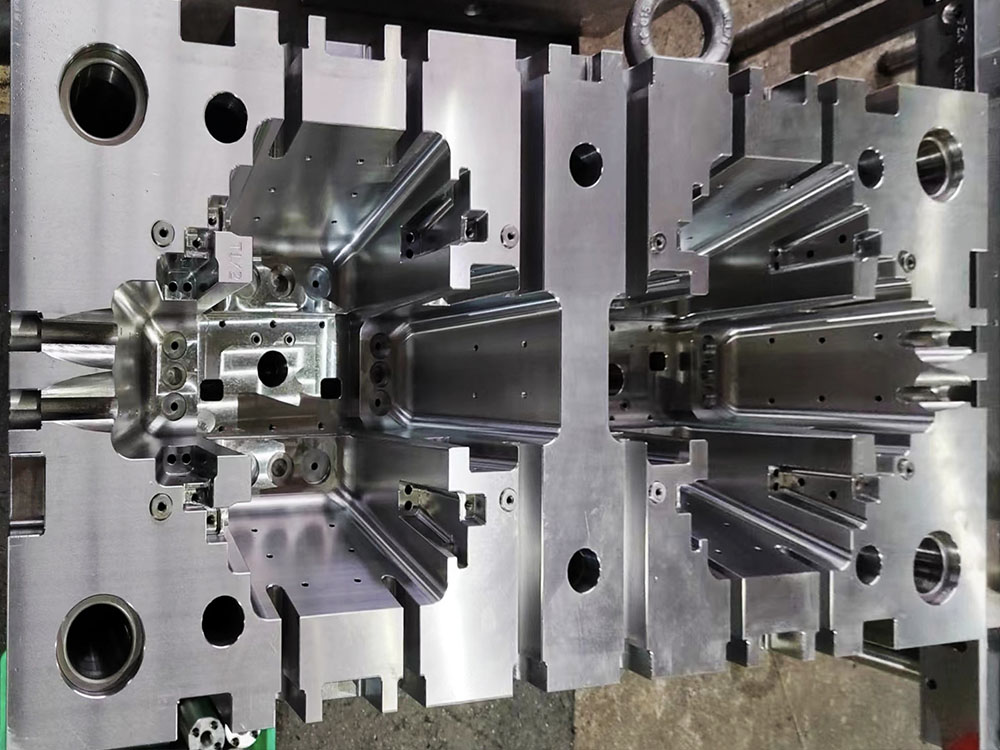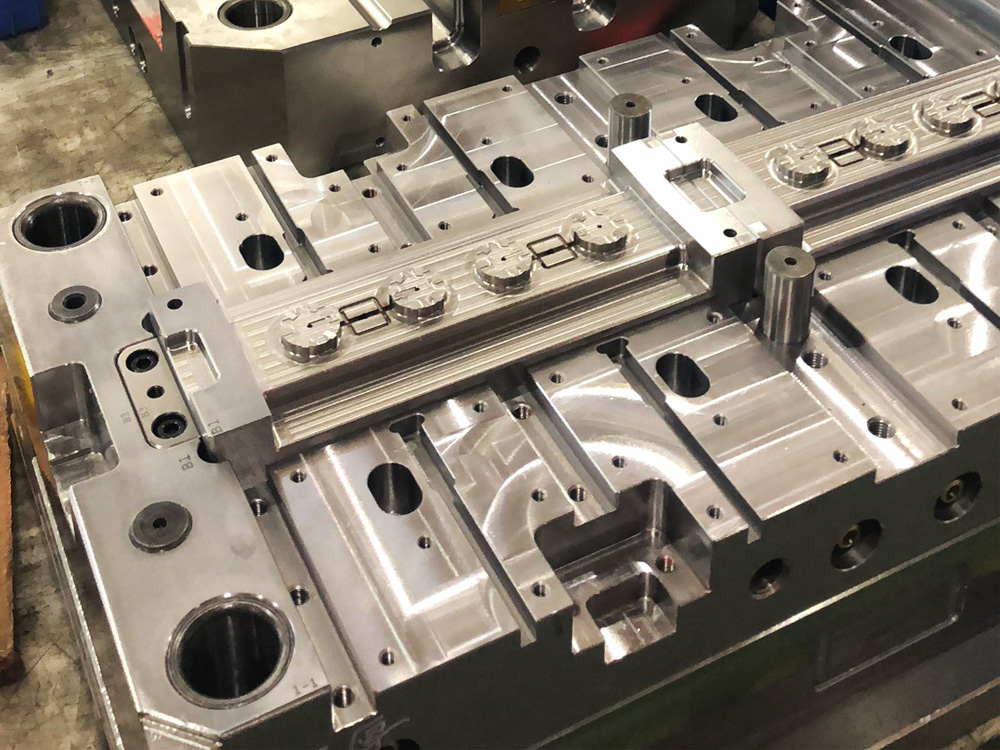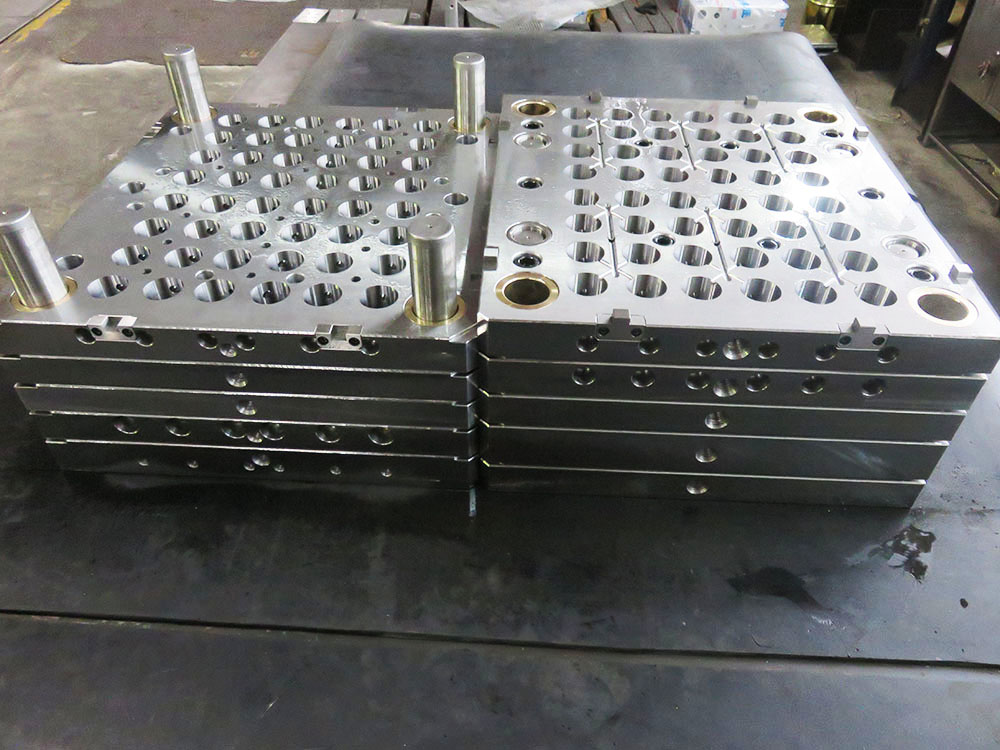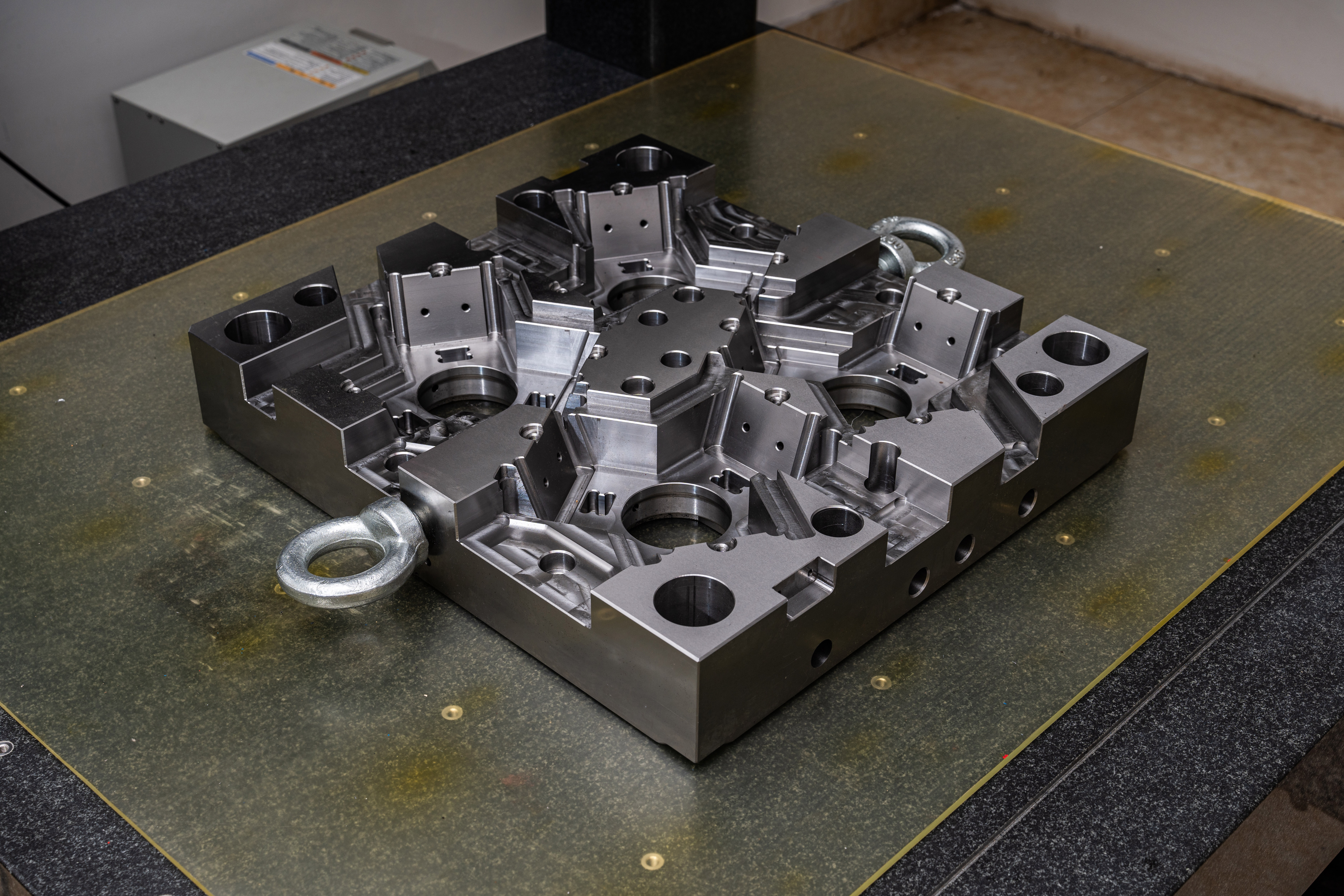What is the architectural framework of FCI in the Mold Base industry?
Introduction: In the Mold Base industry, FCI (Flexible Configuration Interface) serves as a crucial architectural framework. This article aims to explore the key aspects and functionality of FCI within the context of Mold Base design and its impact on the industry as a whole.
Benefits of FCI in Mold Base Industry:
1. Standardization: FCI provides a standardized approach to Mold Base design, ensuring consistency and compatibility across various CAD software platforms. This allows for seamless integration and collaboration among different stakeholders involved in the mold manufacturing process.
2. Flexibility: FCI offers a high degree of flexibility in terms of customization, enabling users to adapt and configure their Mold Base designs according to specific project requirements. It allows designers to modify and adjust the base components, such as ejector pins, guide pillars, and cooling channels, thereby increasing design flexibility.
3. Enhanced Design Efficiency: With FCI, designers can leverage pre-defined templates and libraries, reducing the time and effort required to create Mold Base designs from scratch. This streamlines the design process, enabling faster turnaround times and improved productivity.
4. Ease of Collaboration: FCI facilitates easy collaboration between different teams involved in the Mold Base design process, such as design engineers, mold makers, and tooling suppliers. Its compatibility with various CAD software platforms enables seamless sharing and exchange of design data, fostering efficient communication and reducing errors.
5. Cost Savings: By utilizing FCI, companies can optimize their Mold Base design process, leading to cost savings in terms of design iterations, material consumption, and manufacturing time. The streamlined workflow and improved efficiency result in reduced project costs and enhanced profitability.
Underlying Technology of FCI:
1. Parametric Modeling: FCI utilizes parametric modeling techniques to create intelligent Mold Base designs. Parameters such as mold size, component dimensions, and material properties can be easily modified, ensuring the flexibility and adaptability of the design.
2. CAD Integration: FCI is integrated with various CAD software platforms, enabling seamless data exchange and compatibility. This integration ensures that designers can work within their preferred design environment while leveraging the benefits of FCI's standardized framework.
3. Database Management: FCI employs a robust database management system that stores and manages a wide range of Mold Base components, including standard mold bases, customizable parts, and design templates. This database allows for quick and efficient retrieval of components and ensures consistency across different projects.
4. Geometric Constraint Solving: FCI utilizes geometric constraint solving algorithms to ensure that the Mold Base components and their relationships satisfy design requirements and constraints. This ensures the accuracy and integrity of the Mold Base design, avoiding potential manufacturing issues.




